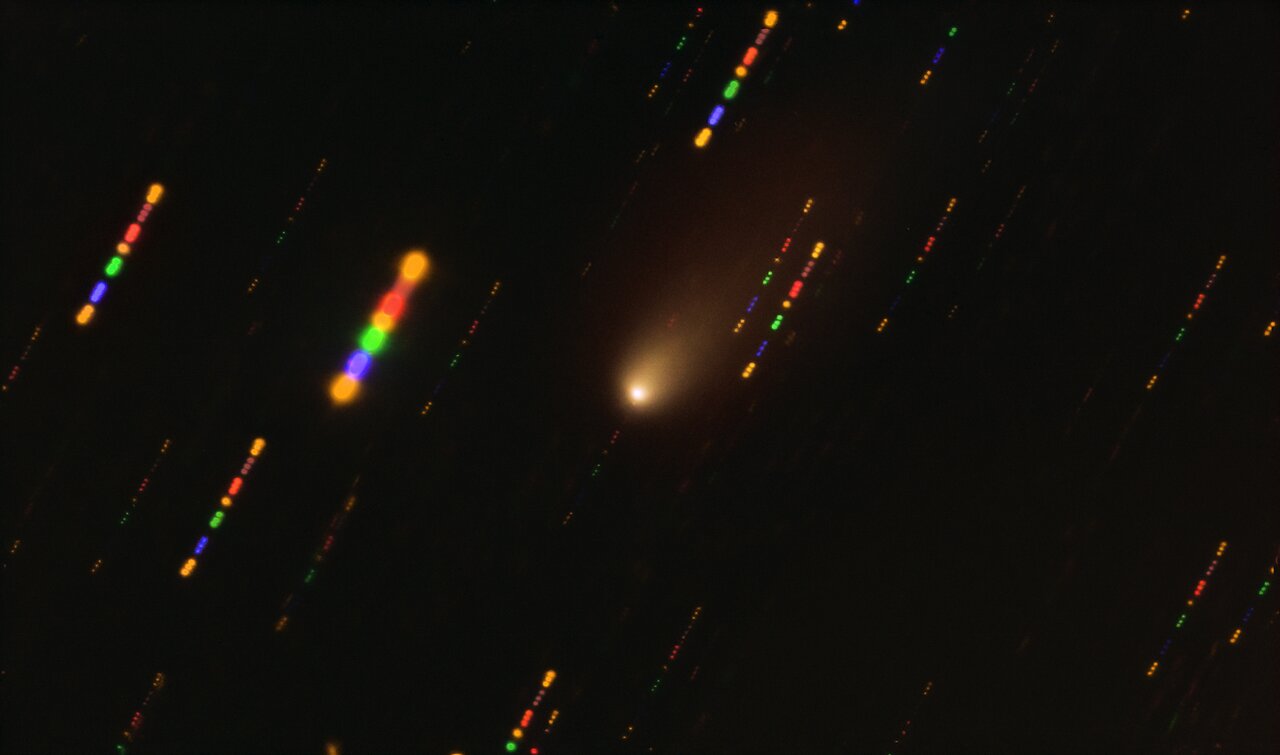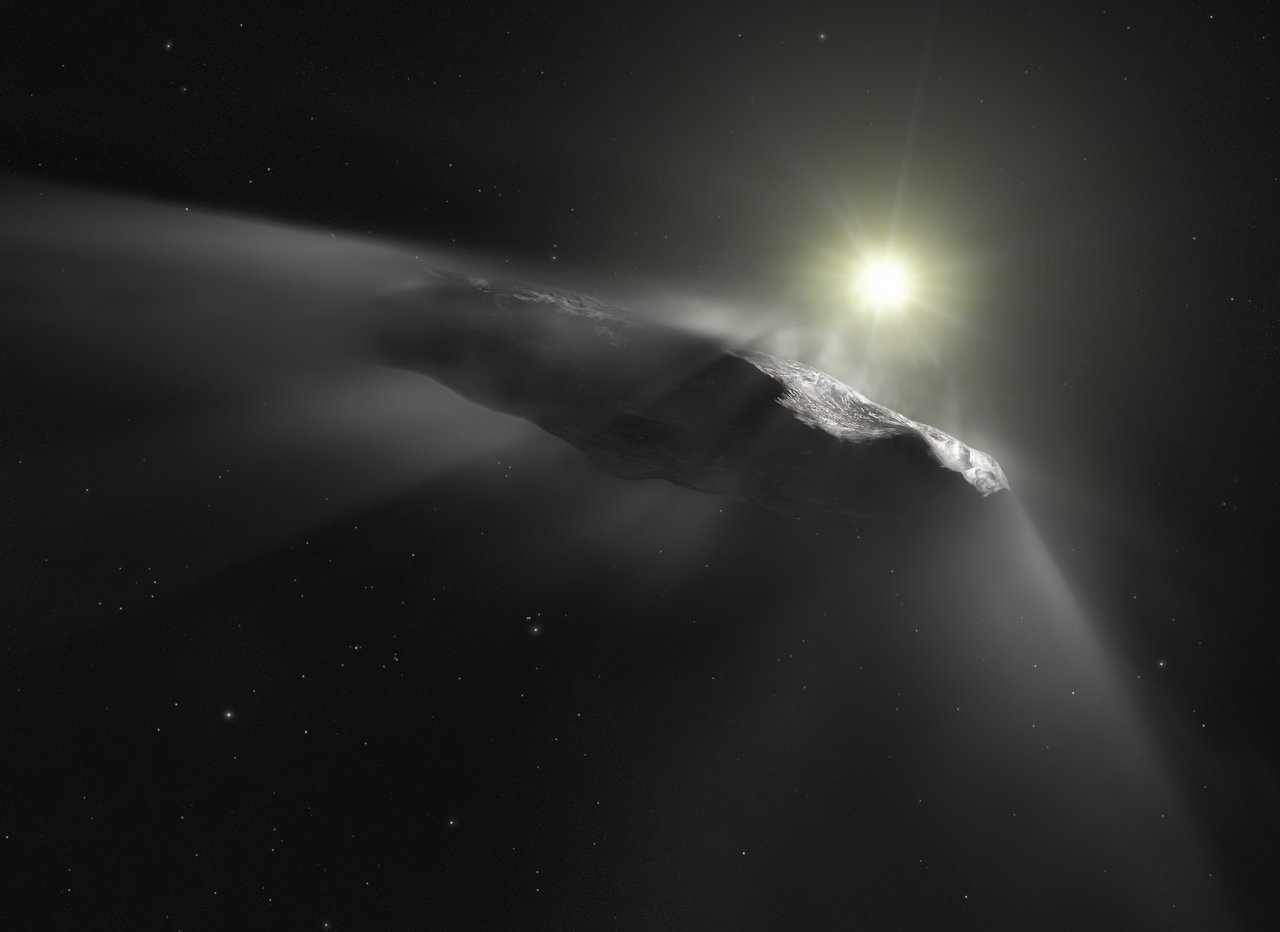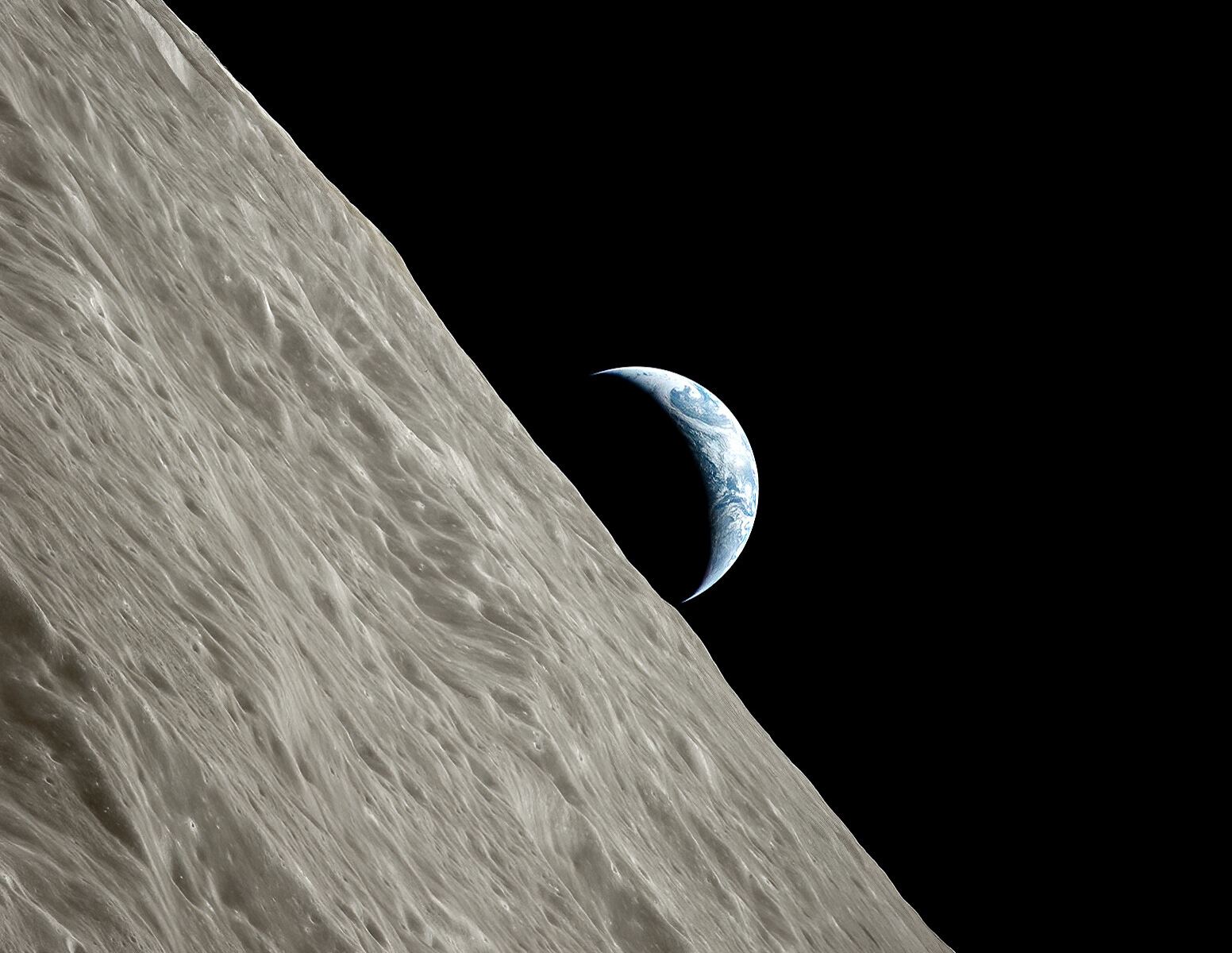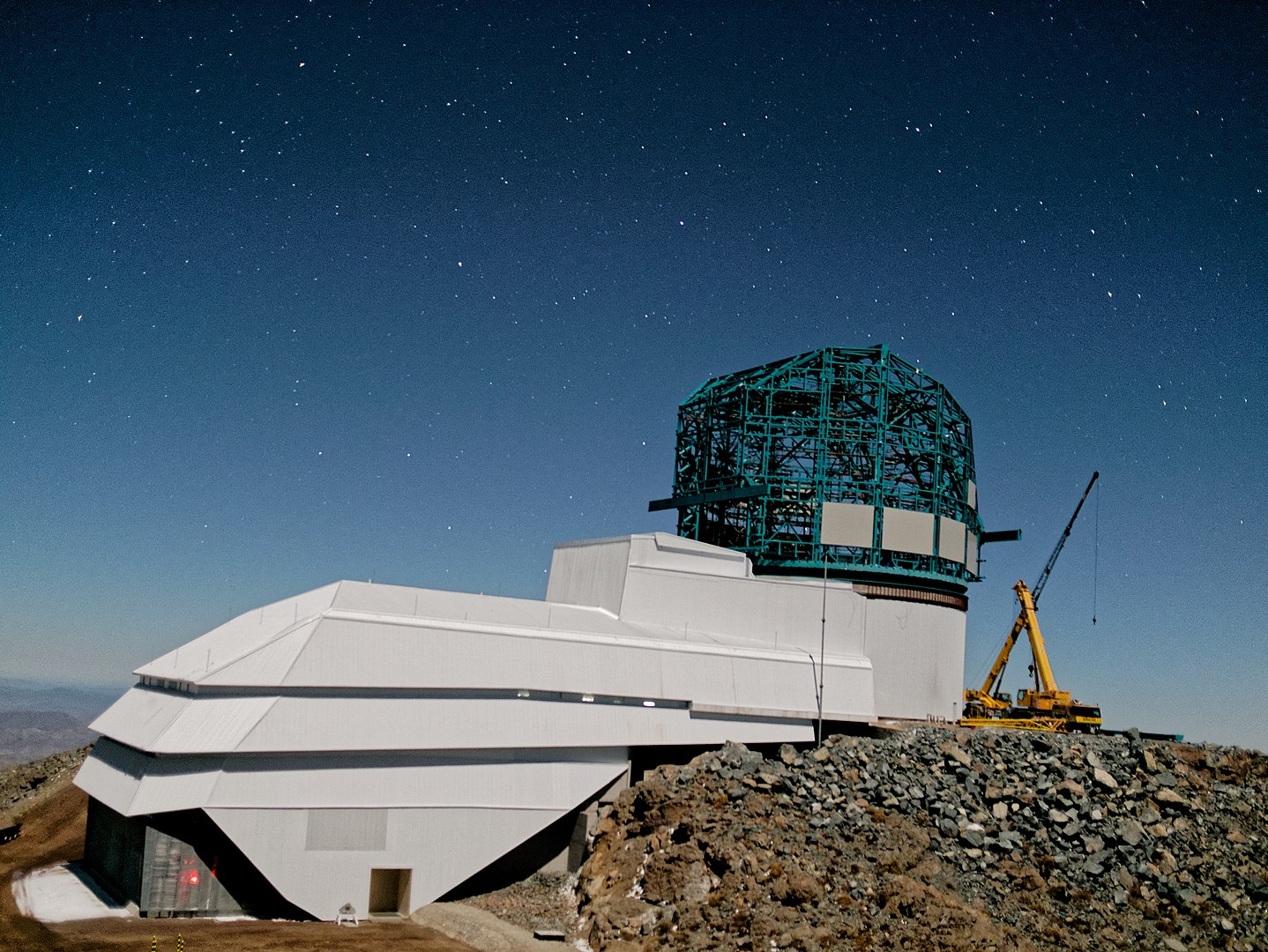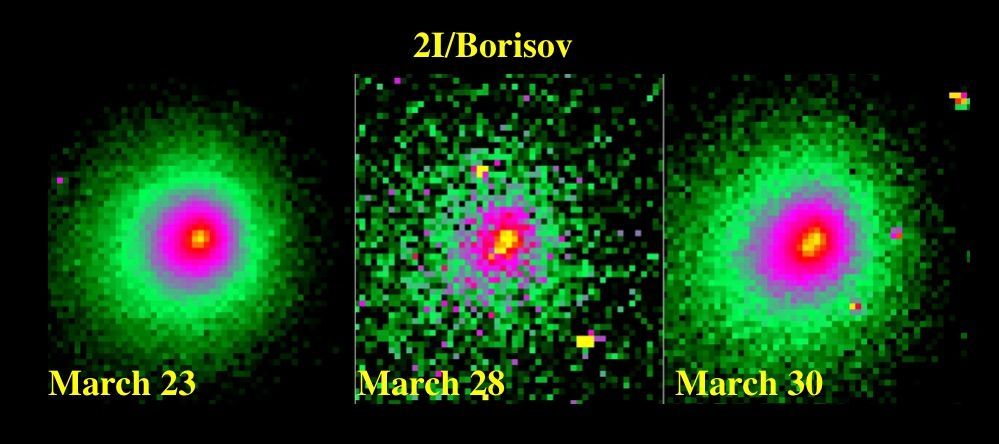In October 2017, humanity caught its first-ever glimpse of an interstellar object – a visitor from beyond our solar system – passing nearby the Sun. We named it Oumuamua, and its unusual properties fascinated and confounded astronomers. Less than two years later, amateur astronomer Gennady Borisov found a second interstellar object: a comet-like body that began to disintegrate as it passed within 2 AU of the Sun (1 AU equals the distance from Earth to the Sun). Where do these interstellar objects come from? How common are they? With a sample size of just two, it’s difficult to make any generalizations just yet. On the other hand, given what we know about star formation, we can begin to make some inferences about the likely origins of these objects, and what we are likely to see of them in the future.
Continue reading “When Stars Get Too Close to Each Other, They Cast Out Interstellar Comets and Asteroids”When Stars Get Too Close to Each Other, They Cast Out Interstellar Comets and Asteroids


